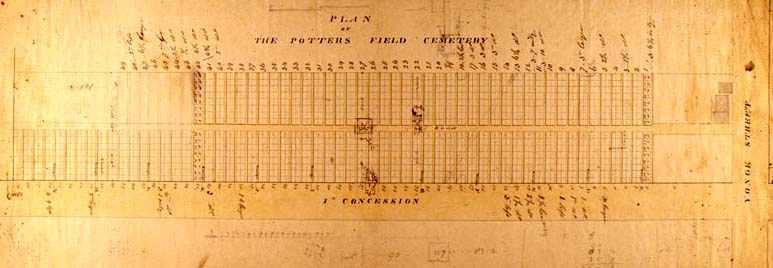
Potters Field and the Roots of Mount Pleasant Group
Most Toronto residents are familiar with the Mount Pleasant Cemetery in mid-town. A sprawling oasis ...
Find a food bank near you: feedontario.ca/about-us/find-a-food-bank/#map
| FOOD BANK | LOCATION |
| Salvation Army Food Bank Oshawa | 45 King St. E, Oshawa, ON L1H 1B2 |
| Feed the Need | 371A Marwood Drive, Oshawa, ON L1H 7P8 |
| Salvation Army Food Bank Ajax | 122 Hunt St., Ajax, ON L1S 1P5 |
| St. Paul’s On-The-Hill Food Bank | 1537 Pickering Pkwy, Pickering, ON L1V 6W8 |
| Aurora Food Pantry | 350 Industrial Pkwy, S., Aurora, ON L4G 3V7 |
| Newmarket Food Pantry | 1251 Gorham Rd. Unit 8, Newmarket, ON L3Y 8Y6 |
| Richmond Hill Food Pantry | 55 Newkirk Rd., Richmond Hill, ON L4C 3G4 |
| ANIDA (All Nations International Development Agency) | 4401 Steeles Avenue West, Toronto, ON M3N 2S4 |
| The Vaughan Food Bank | 5732 Hwy#7 Unit 3 & 4, Woodbridge, ON L4L 3A2 |
| Humanity First Canada | 600 Bowes Rd., Concord, ON L4K 4A3 |
| SEVA Food Bank Malton | 2832 Slough St., Mississauga, ON L4T 1G3 |
| Knights Table of Peel | 287 Glidden Rd Unit 4, Brampton, ON L6W 1H9 |
| St. Mary's Food Bank | 6341 Mississauga Rd., Mississauga, ON L5N 1A5 |
| St. James Food Basket | 400 Burnhamthorpe Rd., Toronto, ON M9B 2A8 |
| SEVA Food Bank Wolfdale | 2832 Slough St., Mississauga, ON L4T 1G3 |
| The Mississauga Food Bank | 3121 Universal Drive, Mississauga ON, L4X 2E2 |
| Churches on the Hill Food Bank | 230 St Clair Ave W, Toronto, ON M4V 1R5 |
| Salvation Army Bloor Central Food Bank | 789 Dovercourt Rd., Toronto, ON M6H 2X4 |
| Thorncliffe Food Bank | 1 Leaside Pk Drive Unit 5B, Toronto, ON, M4H 1R1 |
| Fort York Food Bank | 380 College Street West, Toronto, Ontario M5T 1S6 |
| Allan Gardens Food Bank | 353 Sherbourne Street, Toronto, ON M5A 2S3 |
| St. Ann Food Bank | 120 First Avenue, Toronto, ON M4M 1X1 |
| Malvern Food Bank | 4548 Sheppard Ave E., Scarborough, ON M1S 1V2 |
| Kennedy Eglinton Food Bank | 157 Byng Avenue, Scarborough, ON M1L 3P3 |
| Warden Avenue Food Bank | 20 Gilder Drive, Scarborough, ON M1K 5E1 |
| Weston Area Emergency Support | 1 King St, Weston, ON M9N 1K8 |
| The Stop | P.O. Box 69, Stn. E., Toronto, ON, M6H 4E1 |
| Parkdale Community Food Bank | 1499 Queen Street West, Toronto ON, M6R 1A3 |
| Salvation Army - Yorkminster Citadel | 1 Lord Seaton Rd., Toronto ON M2P 2C1 |
| Salvation Army North Toronto Community Church | 42 Eglinton Avenue West, Toronto, ON M4P 1A6 |
| Salvation Army - North York Temple | 25 Centre Ave N., North York ON, M2M 2L4 |
| Community Share | 33 Overland Dr., North York, ON M3C 2C3 |
| Flemingdon Food Bank | 10 Gateway Blvd, North York, ON M3C 3A1 |
| Lawrence Heights, North York Harvest Community Food Space | 116 Industry St., North York ON M6M 4L8 |
| Bathurst-Finch Community Food Bank | 116 Industry St., North York ON M6M 4L8 |
| Society For The Living Food Bank | 274 Eddystone Ave, North York M3N 1H7 |
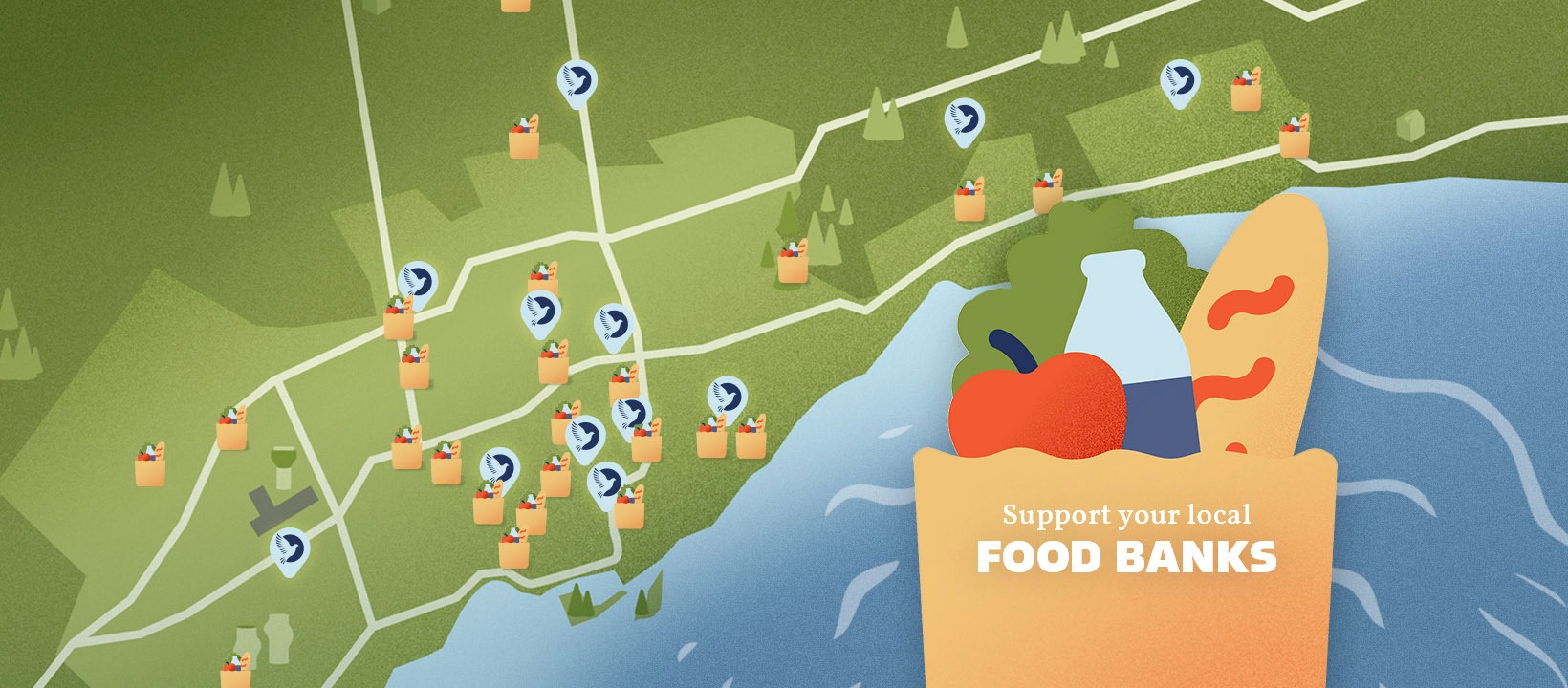

Most Toronto residents are familiar with the Mount Pleasant Cemetery in mid-town. A sprawling oasis ...
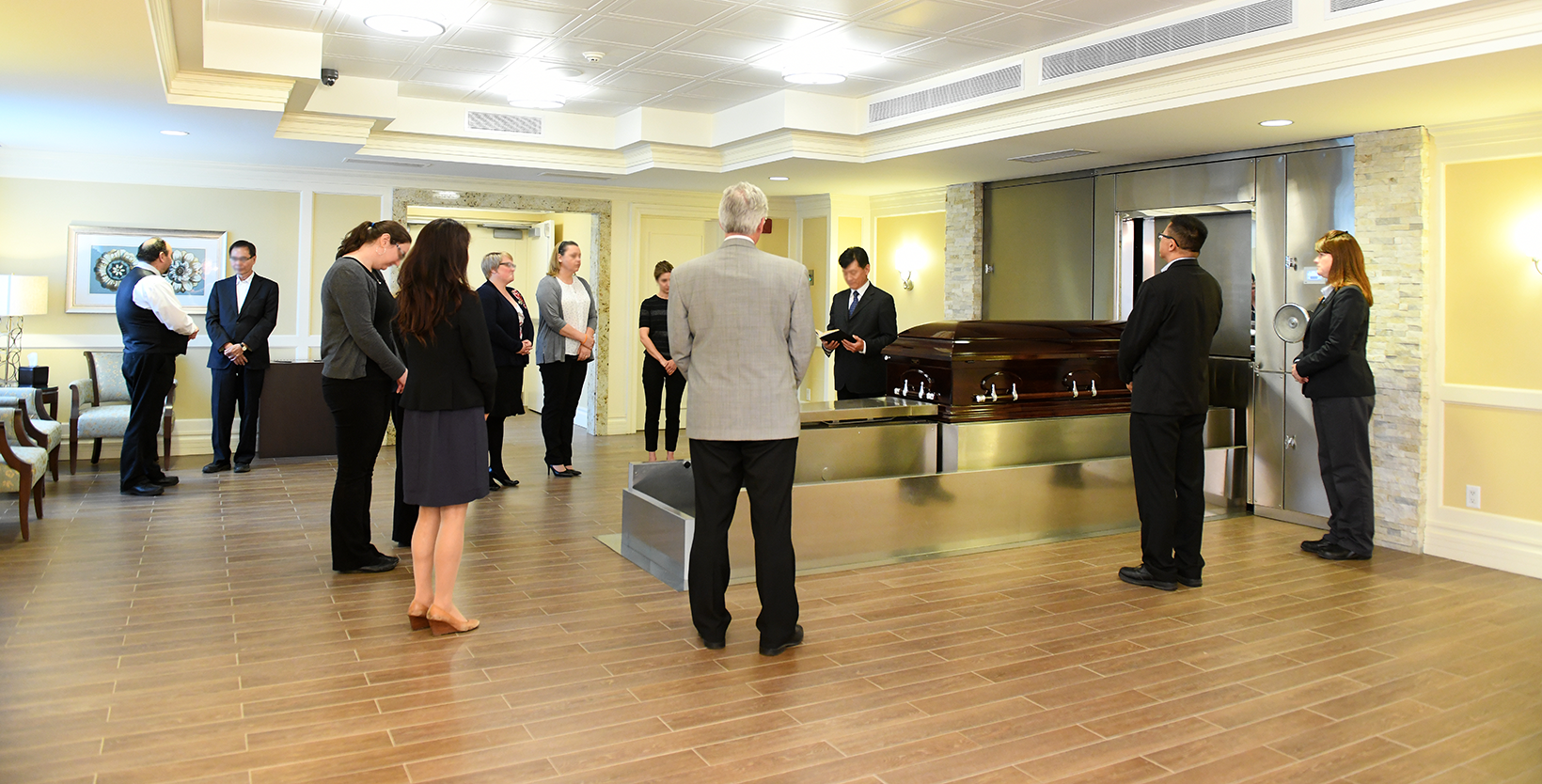
For decades, cremation was separate from the funeral experience. The funeral would end and then the ...
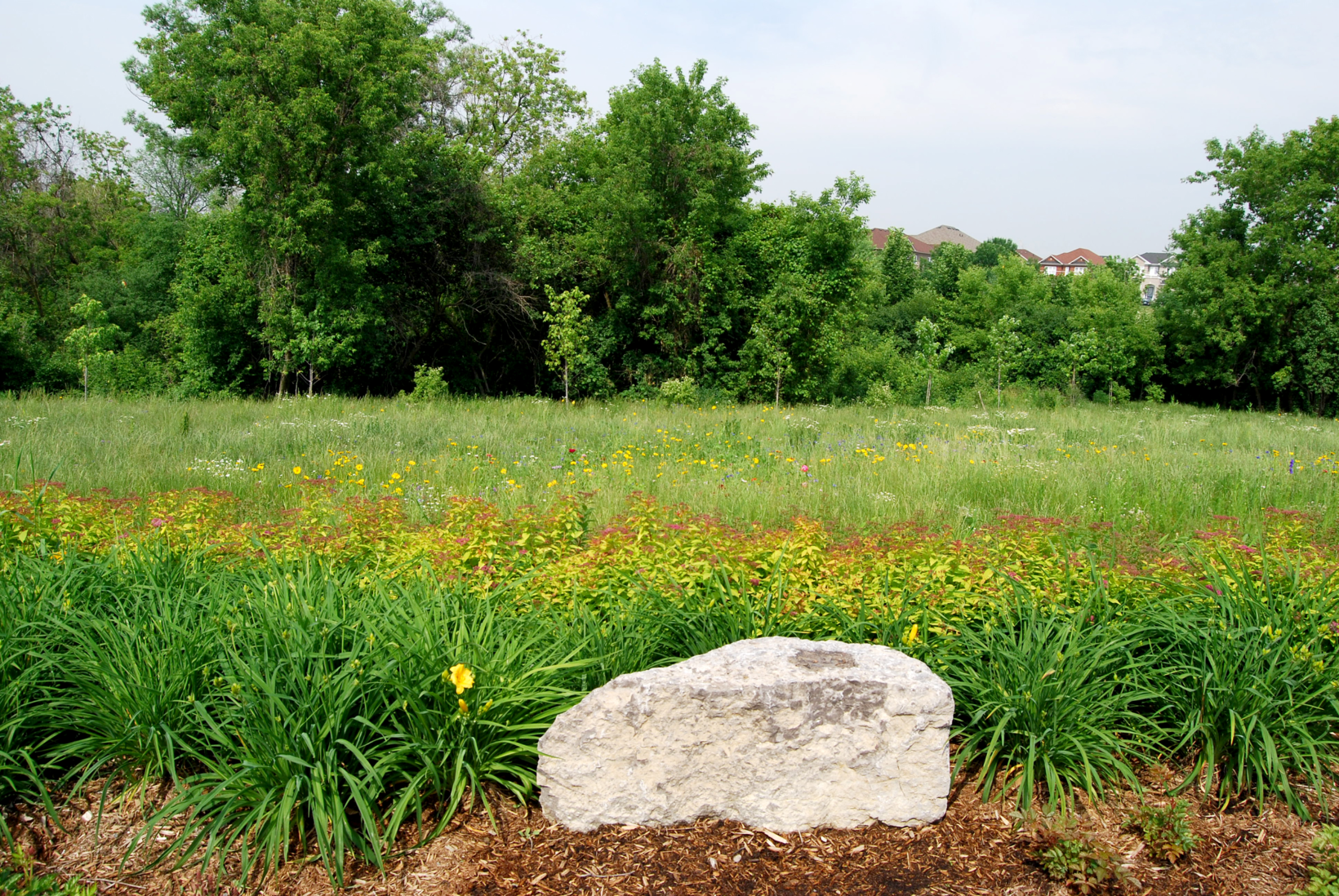
As our society becomes ever more complex, many people are seeking to inject some simplicity and auth ...

The people who choose careers as funeral directors or cemetery staff usually do so because they want ...

As a funeral and cemetery provider, we understand how devastating the pandemic has been on GTA commu ...
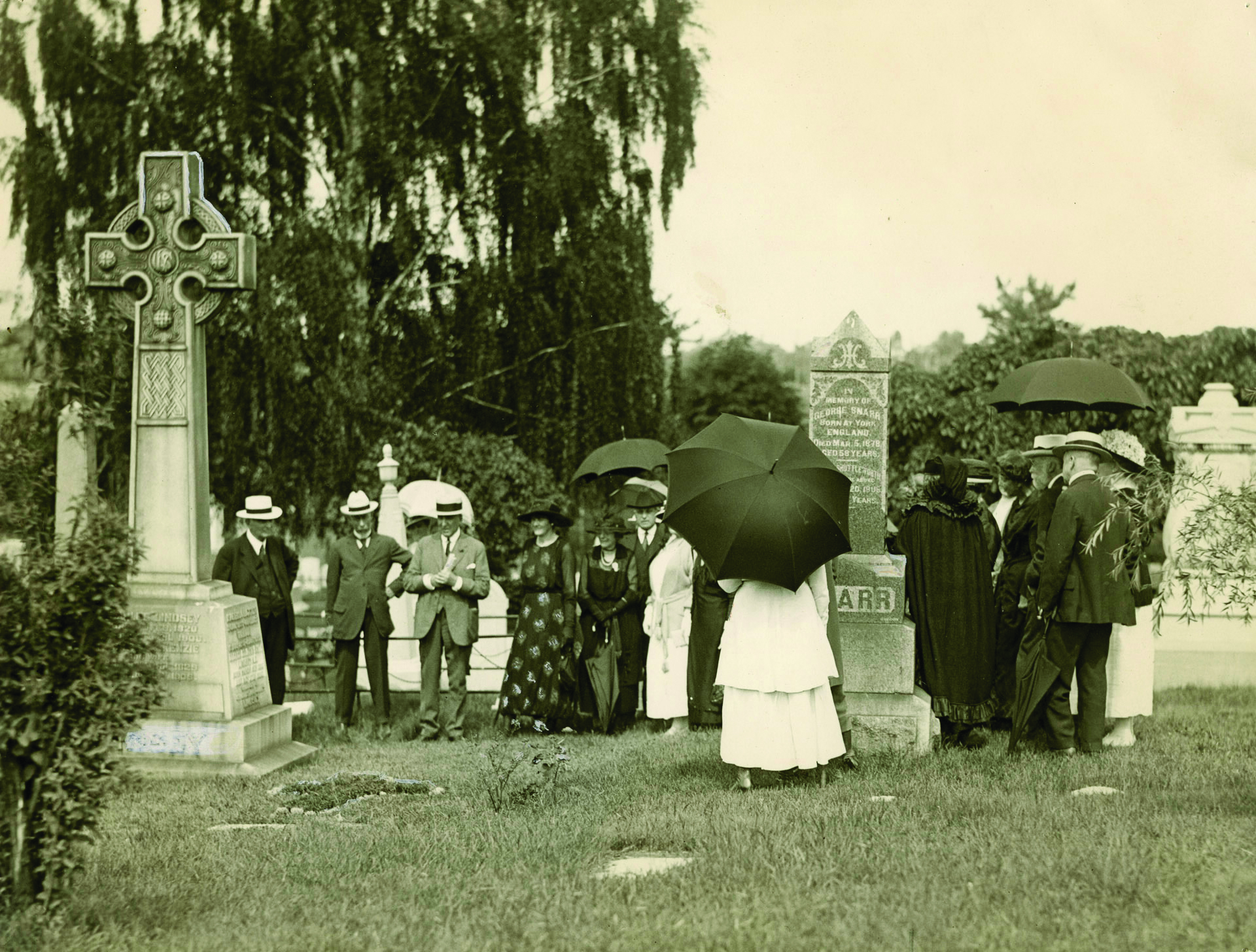
As long as people have mourned, others have stepped in to support them. But the way we mourn is alwa ...

The Elgin Mills east side expansion didn’t just add 34 acres of land and decades of use: it offere ...
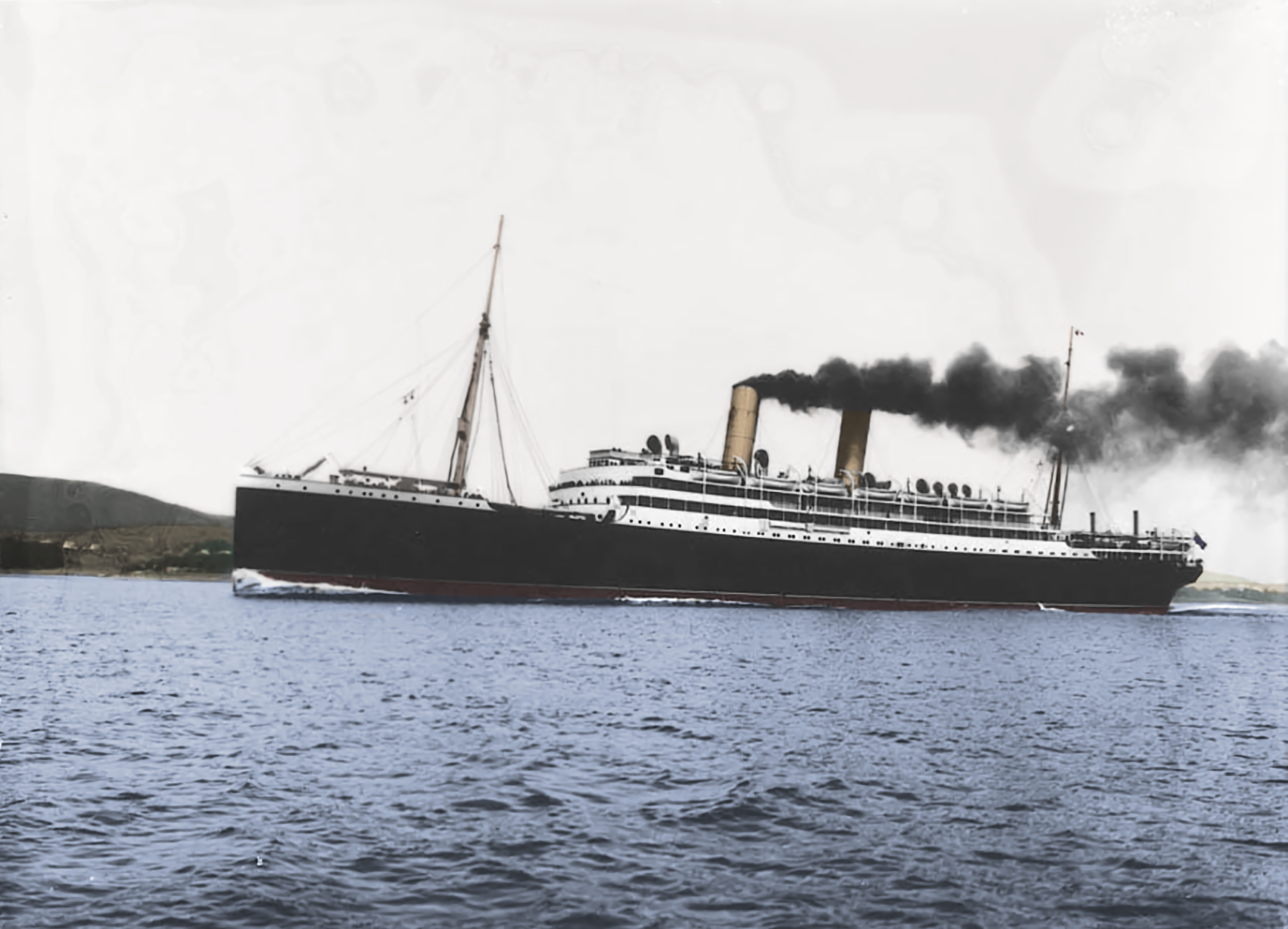
For 105 years, members of the Salvation Army have gathered at Plot R, Lot 21 of Mount Pleasant Cemet ...

To experience the loss of a loved one during a pandemic is to have grief compounded by challenges th ...
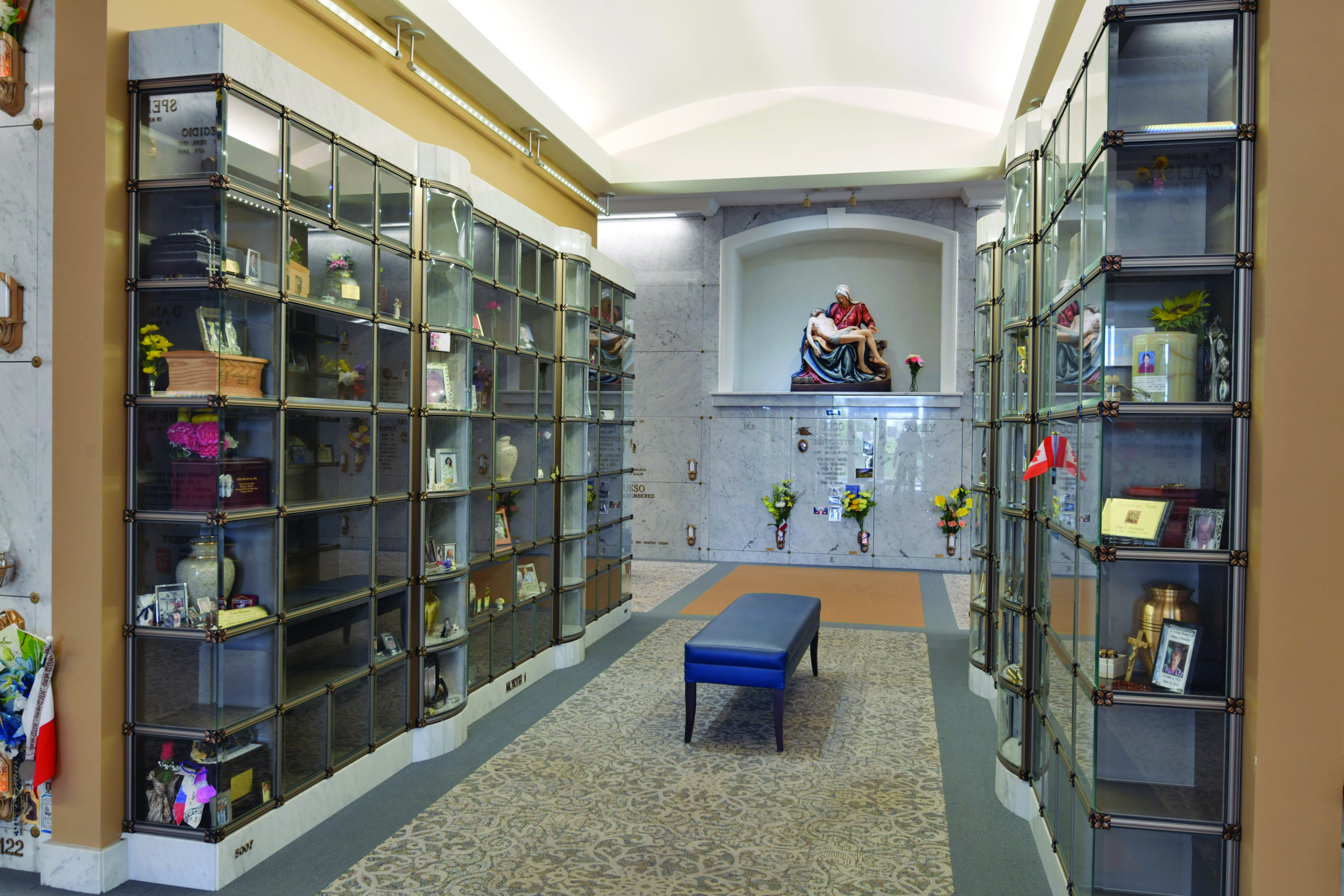
When the first crematorium opened in Ontario at the Toronto Necropolis in 1933, cremation was used i ...

Cemeteries have the potential to be urban oases, where we turn off from the hectic streets to find o ...

In 1851, a 21-year-old Prussian immigrant stepped off the docks at Baltimore Harbor and began a care ...
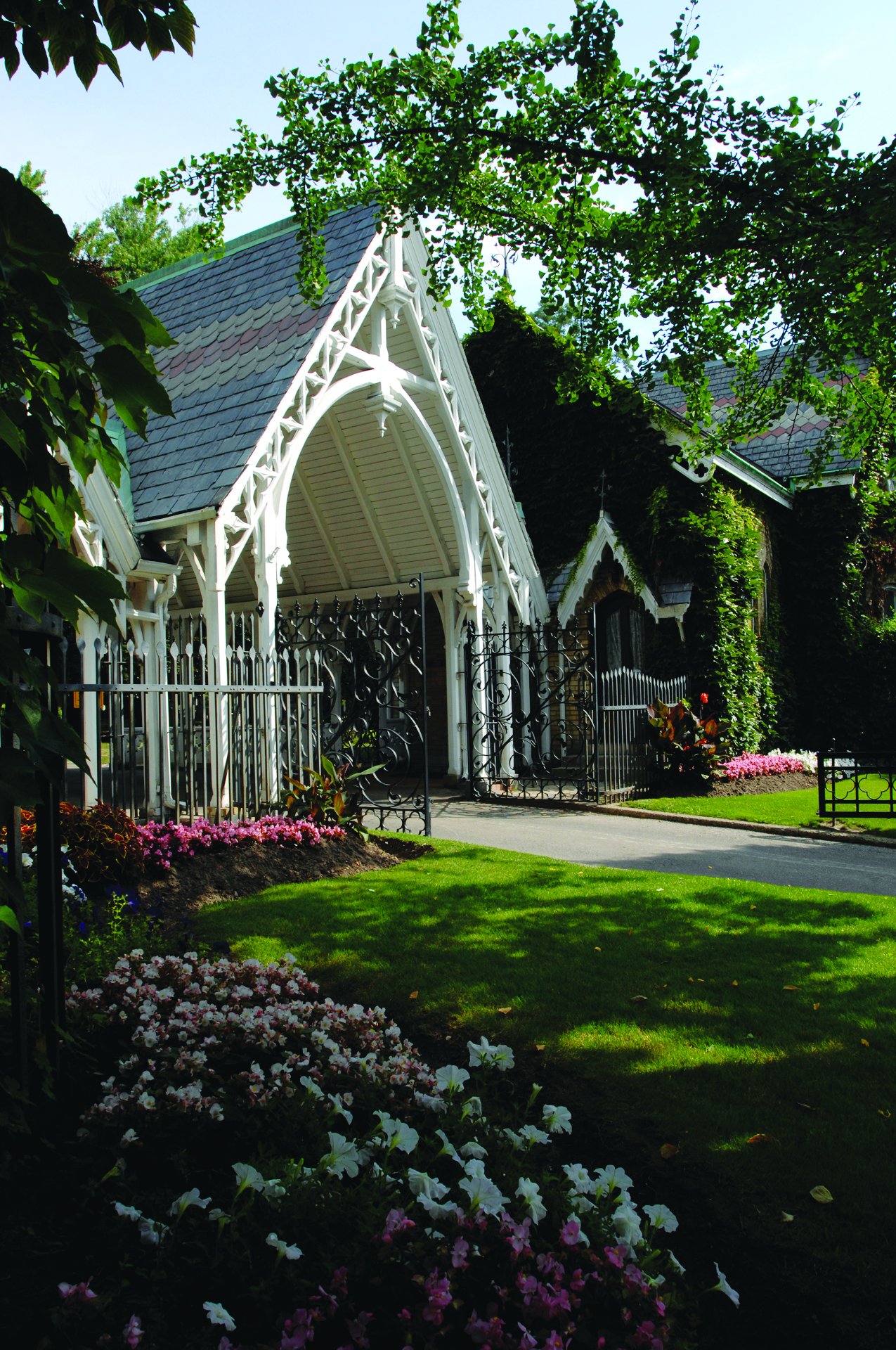
“We think that to perpetuate sectarianism even beyond the grave is very preposterous…” With th ...
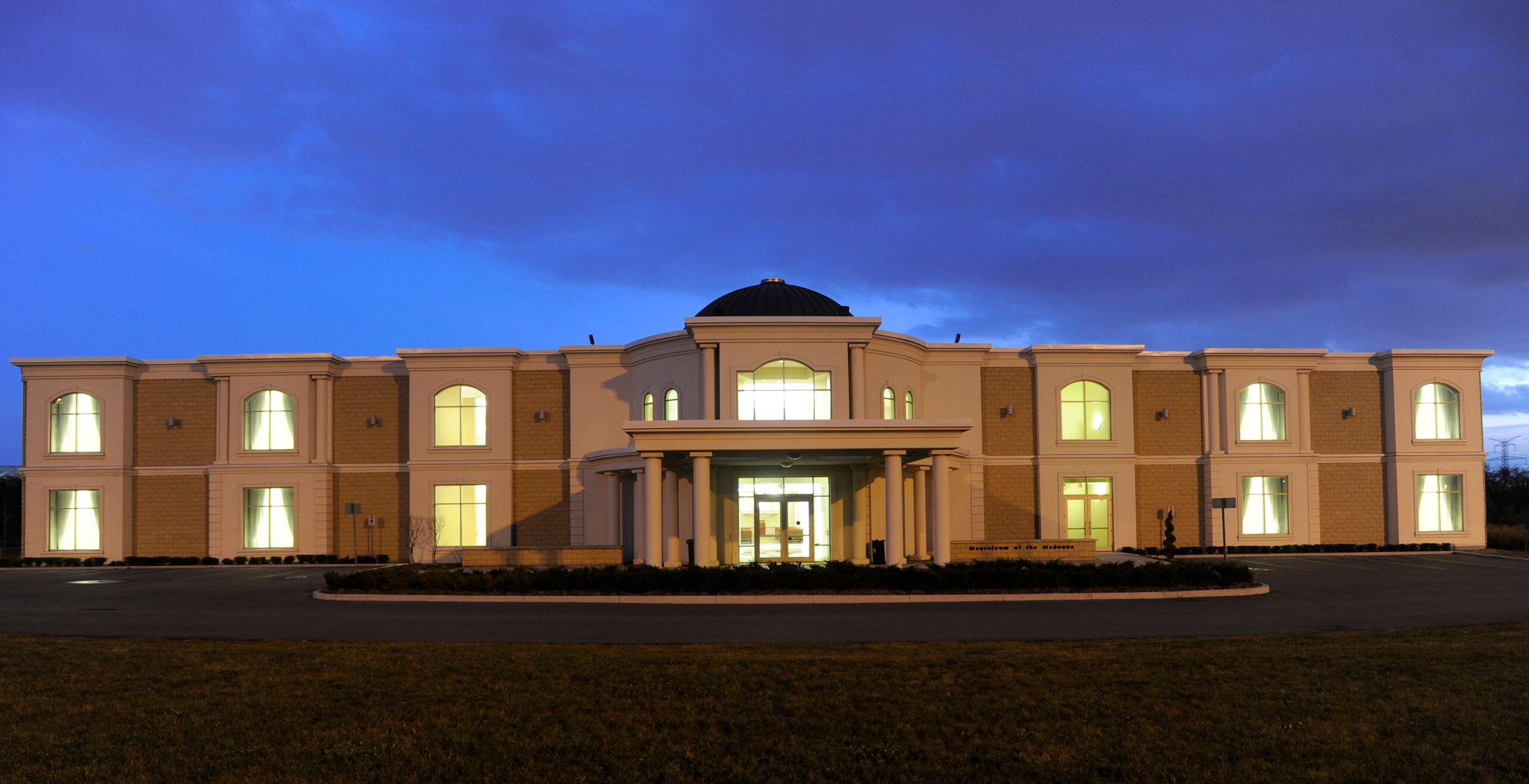
In May of 2019, the Mausoleum of the Madonna at Beechwood Cemetery opened its doors on a new chapter ...
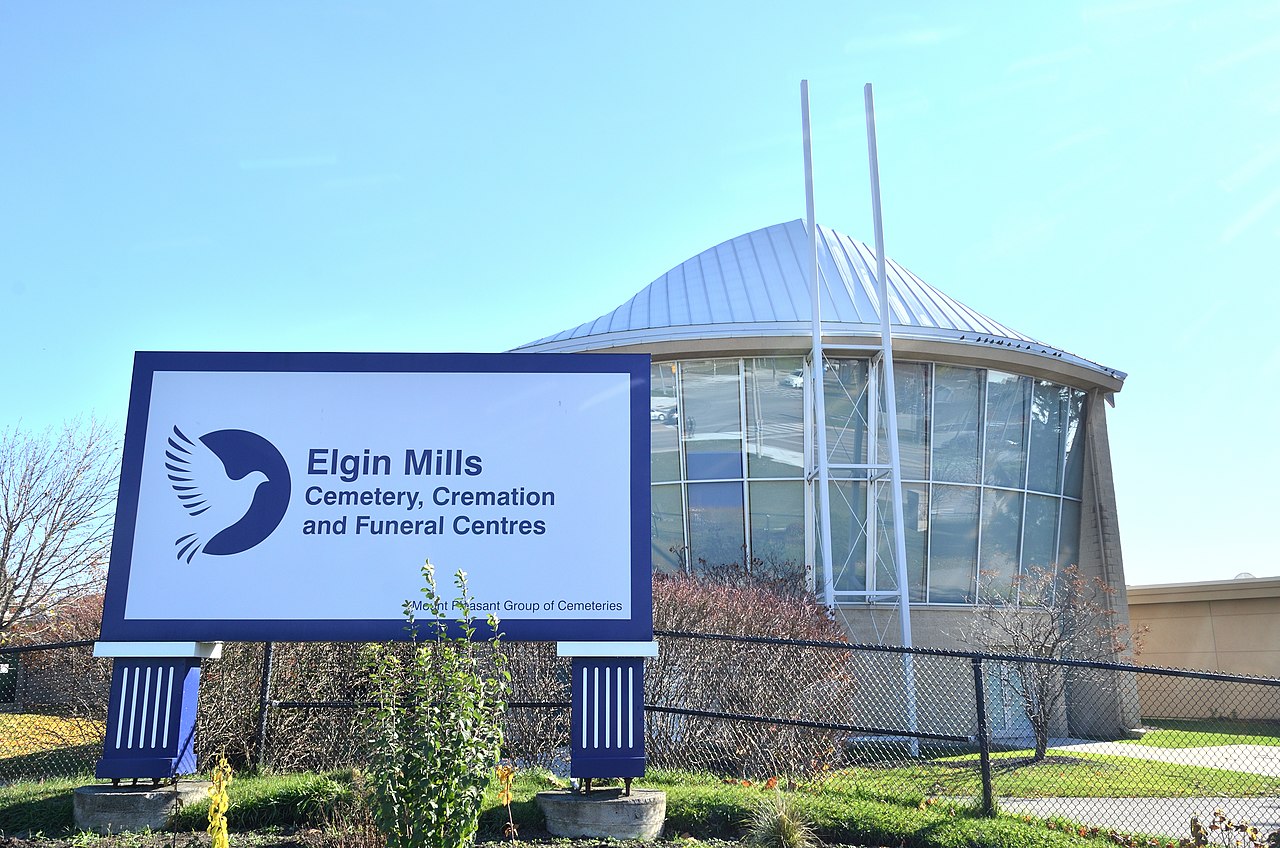
Elgin Mills Cemetery turned 40 in 2019. But that doesn’t mean it’s stopped growing. The 143 roll ...
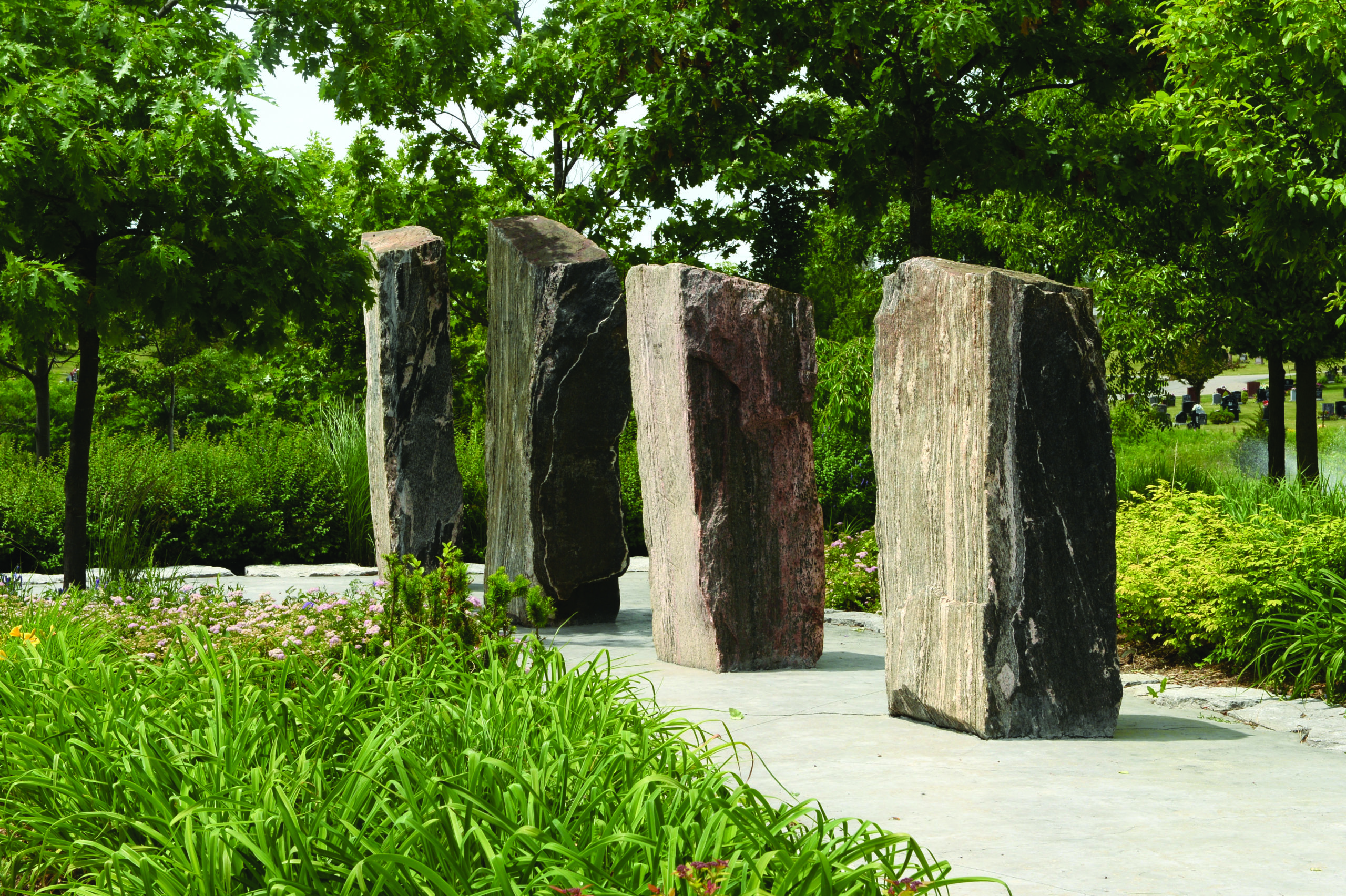
To many people, cemeteries are simply part of the background of our lives. It can seem as though the ...

Our front-line teams connect with GTA families every day, often at some of the most difficult points ...